Not to brag or anything, but apparently that’s what I am: a Proven Winners winner. I won 8 plants from Proven Winners and a set of Corona pruners at the Garden Writers Association Symposium back in September. Rather than ship the plants in spring (which is what they usually do) I convinced Team Proven Winner that perennials are best planted in Southern California in the fall. They were game. So last week I opened the door to find a box of plants on my porch. Oh what fun it is to win free stuff! Thanks, lucky drink ticket.
When I won, they handed me a catalog to choose my plants. It was daunting, since many of the plants were perfect for Northeast climates or totally unsuitable to our drought conditions. But when items such as goji berries and hops appeared on the pages, I got excited.
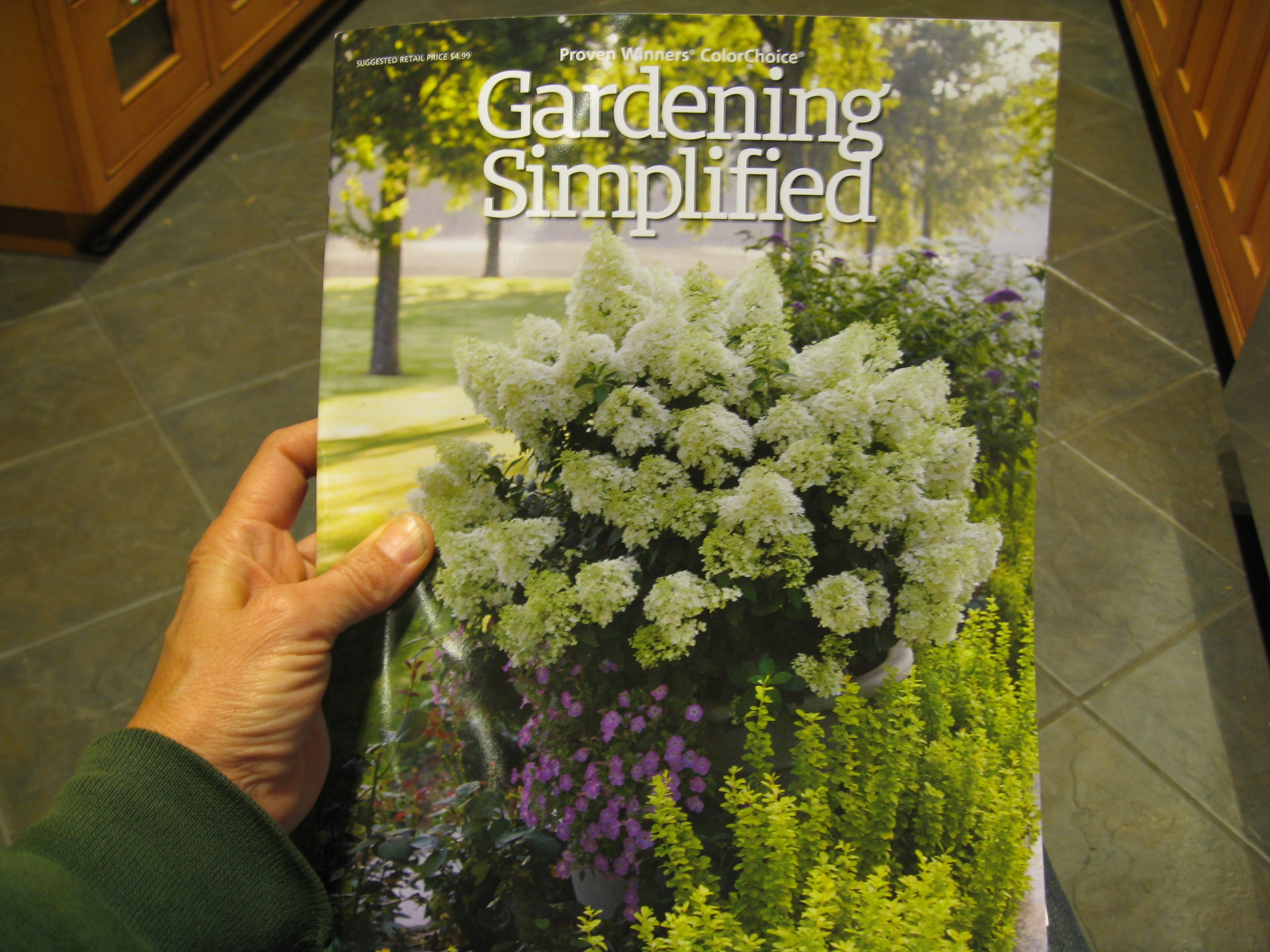
After scrupulous inspection of the catalog, I narrowed down my choices based on plant size, drought tolerance, non-invasiveness and, of course, functionality. Here’s what we ended up with:
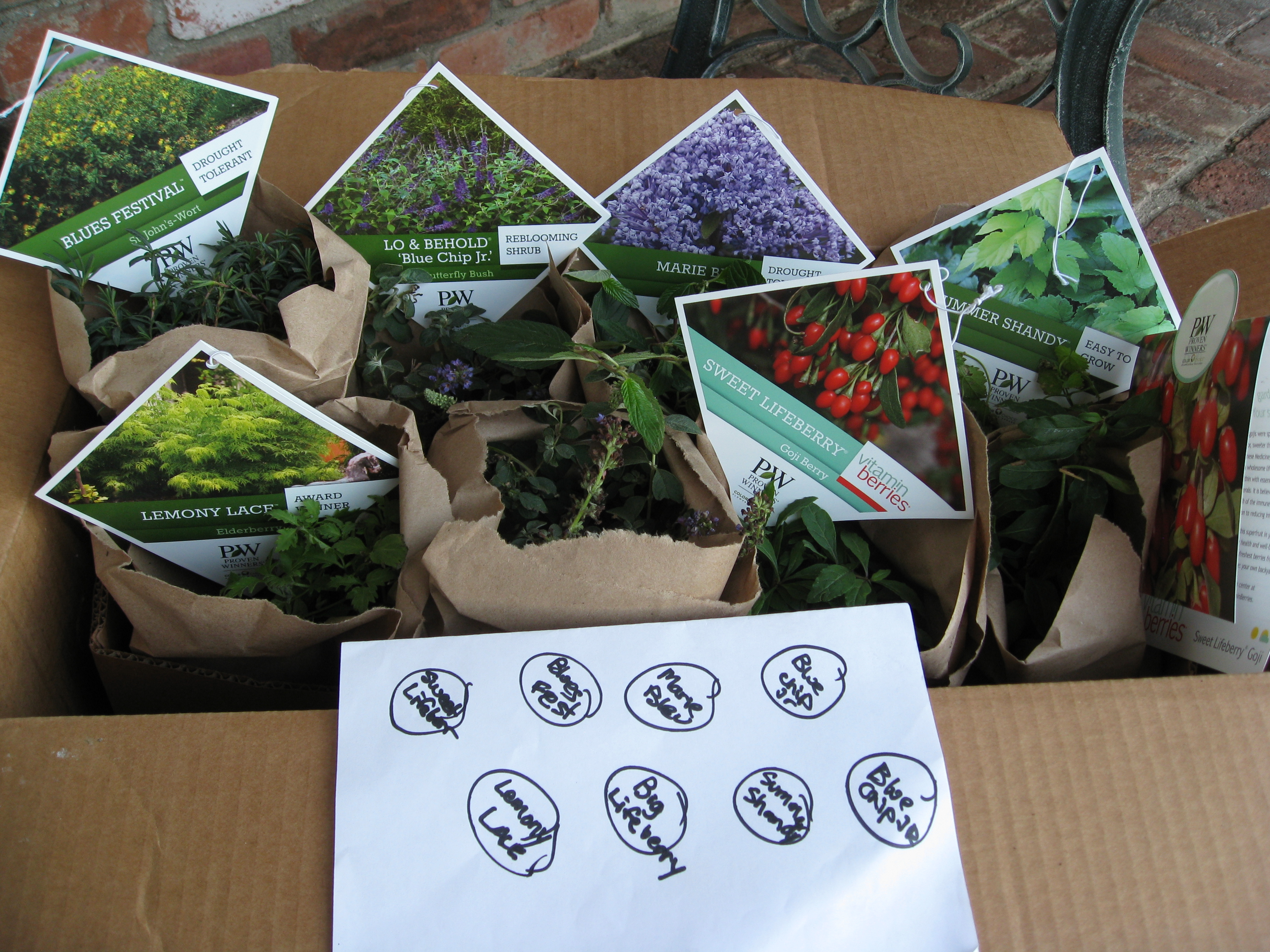
St. Johns Wort – Medicinal plants are always worth growing in an edible garden. Who knows if I’ll ever actually use it, but the thought is nice. Regardless, it makes beautiful yellow flowers and is a small-enough shrub that it will fit in my crowded yard.

Elderberry – Dreams of elderberry wine or some romantic notion filled my head when choosing this plant. It’s pretty, and it resists deer…if we had deer. It tolerates shade and produces berries that birds love. A wildlife-friendly habitat plant.
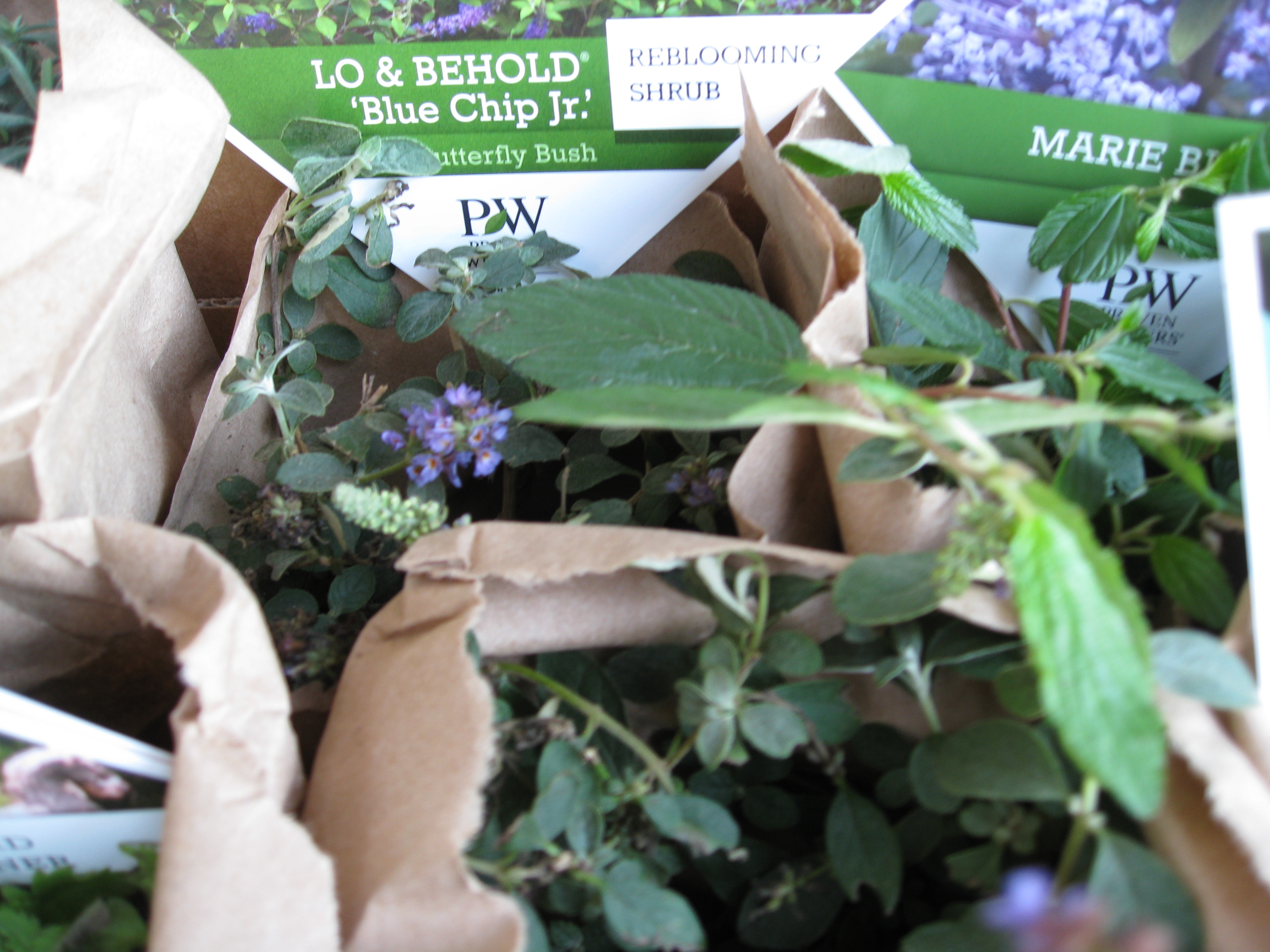
Butterfly Bush – Don’t hate me because I picked a pretty flower. They swear this one isn’t invasive, so I went for it. A low buddleia, one that doesn’t tower over the rest of the garden. What could be bad? I got two. They’ll go right next to my native manzanita.
New Jersey Tea (Ceanothus) – It may not be a California native ceanothus, but a ceanothus it is. A hybrid with purple flowers and a low growing habit (2-3′ tall, 3-4′ wide). We’ll give this plant a try and see how it does compared to our established CA native ceanothus.
Goji Berries – Two types of goji berries, Sweet Lifeberry and Big Lifeberry, a must in the Gardenerd test garden. They supposedly grow to 10 feet tall, but we’ve planted them in pots to start out. We’ll see how they do for now, and will transplant them to soil in time. “Enjoy them fresh, dried or frozen.” Oh, we will.
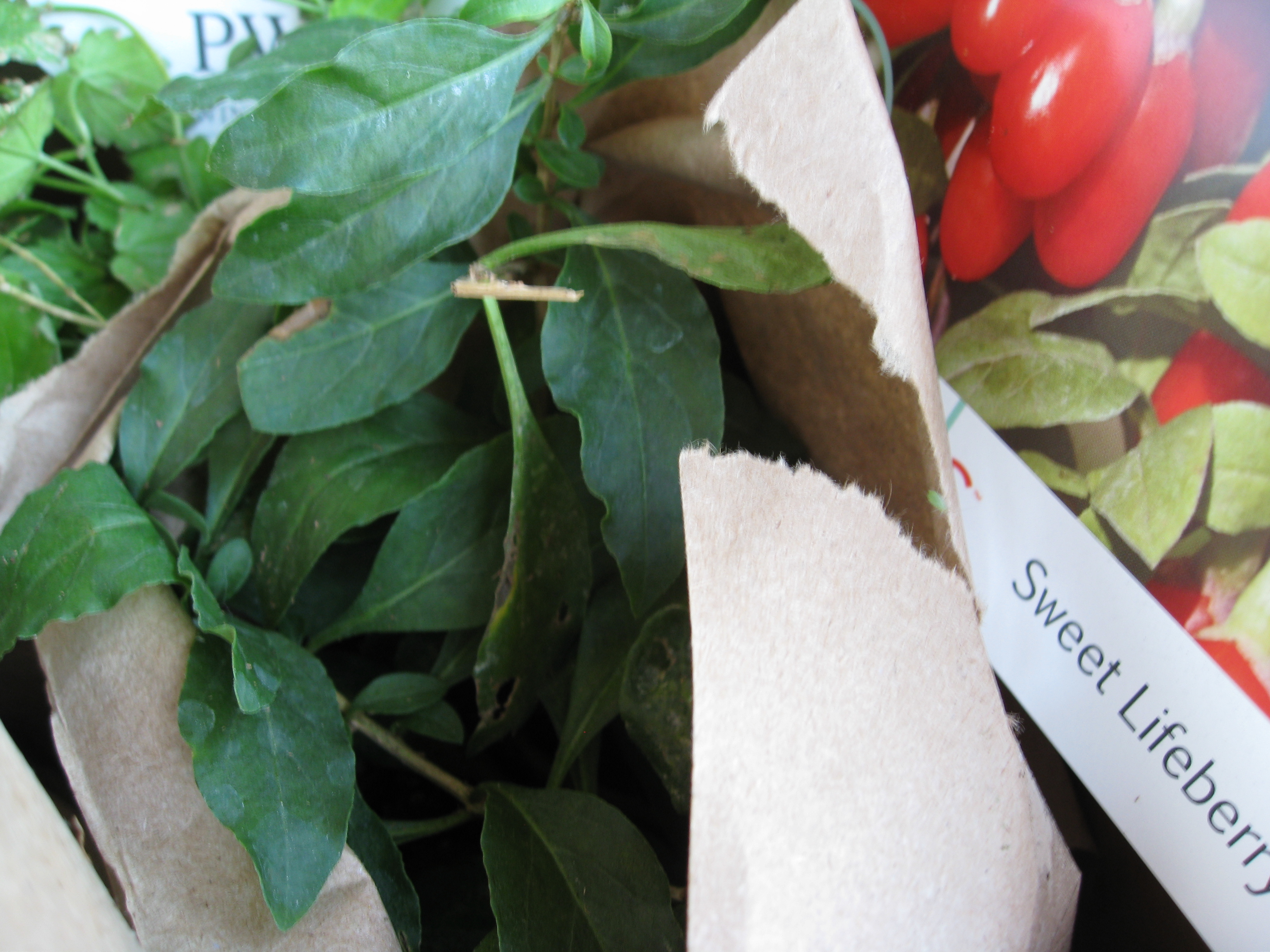
Hops – Okay, I don’t even drink beer, but I couldn’t resist the opportunity to grow hops. They’re so pretty even if you never harvest the hops. Maybe we’ll make elderberry beer – sounds awful. Never mind. I’m sure my home-brew beer friends will be contacting me after this.
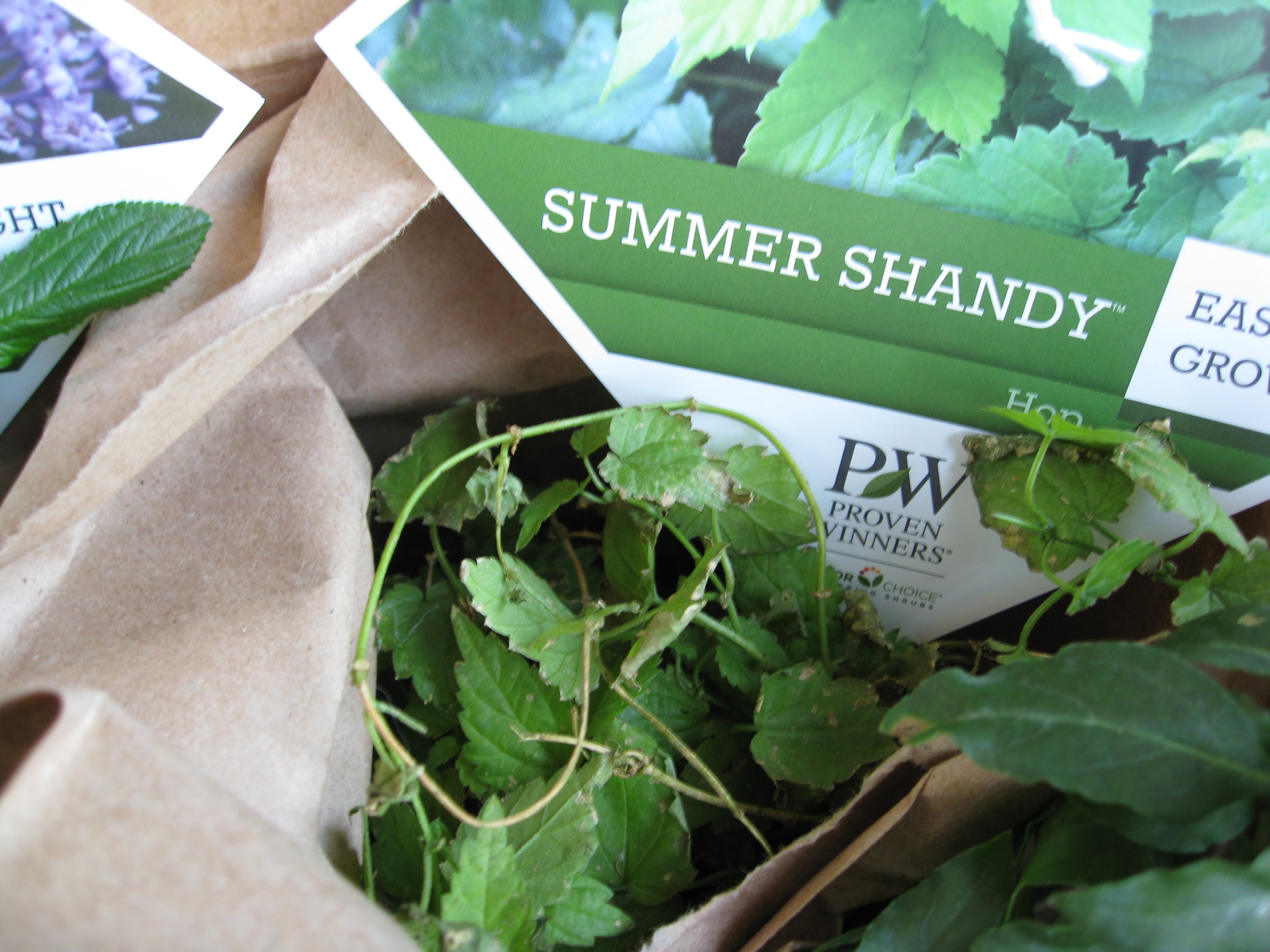
And let’s not forget the new shears:

A good pair of pruning shears will cost you around $50, but they will last a lifetime. These Corona pruners are pretty nice. We’ll see how they stand the test of time. My advice when buying tools: don’t skimp. You can buy a $7 pair of pruners every year for the rest of your life, or buy a nice pair once and that’s it. My Felcos are 20 years old and I’ve never had to replace them.
Thanks, Corona and Proven Winners for the new stash. My task is to report back my findings on how well these plants do in Southern California. Stay tuned.
Hey Gardenerds, if you’ve grown any of these, please post your experience below. We’ll share our progress in spring.


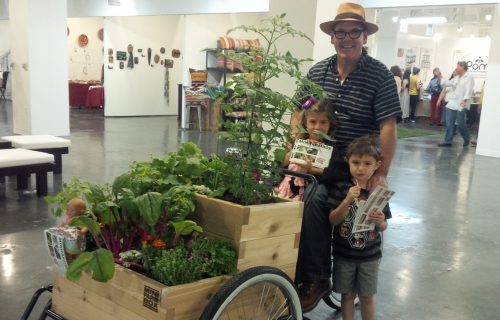

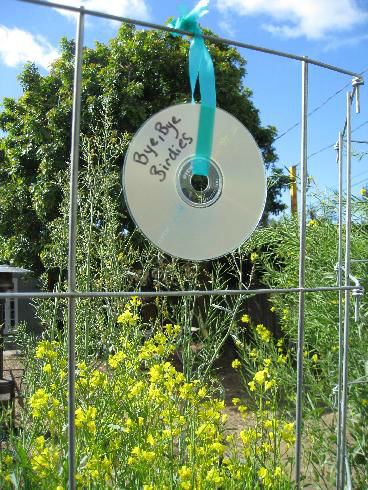
Pingback: Podcast: Therapeutic Herbalism and Science - Gardenerd
CONGRATULATIONS!!!!!